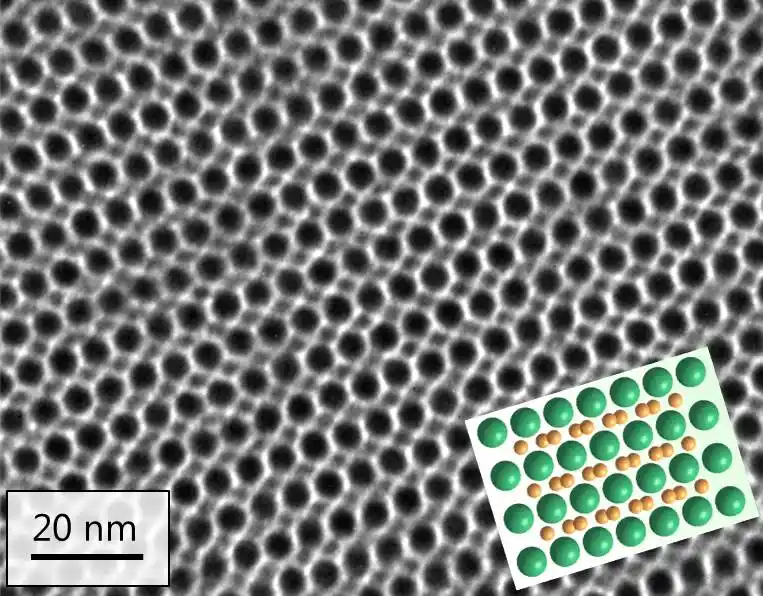افشین رشید
اُستادیار ؛ عضو هیات علمی دانشگاه آزاد اسلامی واحد علوم و تحقیقات تهران
618 یادداشت منتشر شدهPerformance of New Nano Memories (Micro-Nanoelectronics)

Most new electronic devices require a lot of memory. Today, consumers demand gigabytes of memory. New flash drives are now on the market that offer over 60GB of storage, and it is still desirable to store more in less space. Current technology struggles to meet these demands, but nanotechnology offers better solutions.
One new data storage tool is the use of nanometer-sized nickel quantum dots, which are expected to be used to store terabytes of data, even in homes and personal use. Given the relatively large (physically) storage devices we currently have and the fact that we need gigabyte-sized devices in various areas, there is great potential for work in this area.

Each quantum dot consists of a discrete ball of a few hundred atoms that can be in one of two magnetic states. This allows them to hold a single bit of information (a zero or a one), as is customary in machine computing. In conventional hard drives, bits of information must be spaced far enough apart that they do not interfere. Quantum dots act as completely independent units that are not structurally connected, so they can be packed quite close together. They can be arranged to a certain density that would allow up to 5 terabytes of any type of information to be stored in a space the size of a postage stamp. Work will continue as these nanodots become better at performing and working with other computing devices, such as silicon chips.